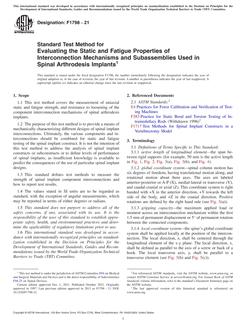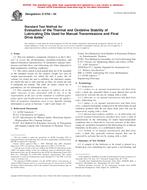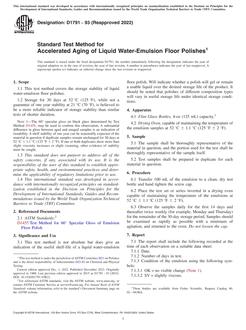1.1 This practice presents rules for accepting or rejecting evidence based on a sample. Statistical evidence for this practice is in the form of an estimate of a proportion, an average, a total, or other numerical characteristic of a finite population or lot. It is an estimate of the result which would have been obtained by investigating the entire lot or population under the same rules and with the same care as was used for the sample.
1.2 One purpose of this practice is to describe straightforward sample selection and data calculation procedures so that courts, commissions, etc. will be able to verify whether such procedures have been applied. The methods may not give least uncertainty at least cost, they should however furnish a reasonable estimate with calculable uncertainty.
1.3 This practice is primarily intended for one-of-a-kind studies. Repetitive surveys allow estimates of sampling uncertainties to be pooled; the emphasis of this practice is on estimation of sampling uncertainty from the sample itself. The parameter of interest for this practice is effectively a constant. Thus, the principal inference is a simple point estimate to be used as if it were the unknown constant, rather than, for example, a forecast or prediction interval or distribution devised to match a random quantity of interest.
This standard does not purport to address all of the safety concerns, if any, associated with its use. It is the responsibility of the user of this standard to establish appropriate safety and health practices and determine the applicability of regulatory limitations prior to use.
Product Details
- Published:
- 08/15/2003
- Number of Pages:
- 6
- File Size:
- 1 file , 100 KB


